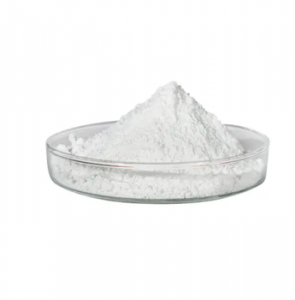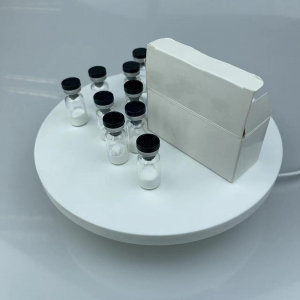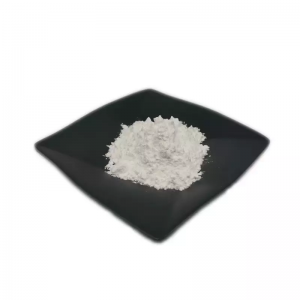LIDOCAINE CAS 137-58-6
Chemical & Physical Properties
Common Name Lidocaine
CAS Number 137-58-6
Purity 99%
Molecular Weight 234.337
Density 1.0±0.1 g/cm3
Boiling Point 372.7±52.0 °C at 760 mmHg
Molecular Formula C14H22N2O
Melting Point 66-69°C
Flash Point 179.2±30.7 °C
Packing
1kg/Aluminum foil bag, inner double plastic bags
25kg/Fiber drum, inner double plastic bags
Shipping way
1. Ship by DHL/ FedEx/ UPS/EMS
2. Ship by special line if you can not make clearance when goods reach your customs
3. Ship by air/ sea
Use of Lidocaine
Lidocaine, an amide local anesthetic, has anti-inflammatory properties in vitro and in vivo, possibly due to an attenuation of pro-inflammatory cytokines, intracellular adhesion molecule-1 (ICAM-1), and reduction of neutrophils influx.Target: Lidocaine is a common local anesthetic and antiarrhythmic drug. Lidocaine is used topically to relieve itching, burning and pain from skin inflammations, injected as a dental anesthetic or as a local anesthetic for minor surgery. Lidocaine, the first amino amide–type local anesthetic, was first synthesized under the name xylocaine by Swedish chemist Nils Lofgren in 1943. His colleague Bengt Lundqvist performed the first injection anesthesia experiments on himself.Lidocaine is approximately 95% metabolized (dealkylated) in the liver by CYP3A4 to the pharmacologically-active metabolites monoethylglycinexylidide (MEGX) and then subsequently to the inactive glycine xylidide. MEGX has a longer half life than lidocaine but also is a less potent sodium channel blocker. The elimination half-life of lidocaine is approximately 90–120 minutes in most patients. This may be prolonged in patients with hepatic impairment (average 343 minutes) or congestive heart failure (average 136 minutes).





If you are interested it, kindly contact with me
lemon@hbyinsheng.com
Wickr:llemonnn
WhatsApp/telegram/Skype: +86 17331136691











